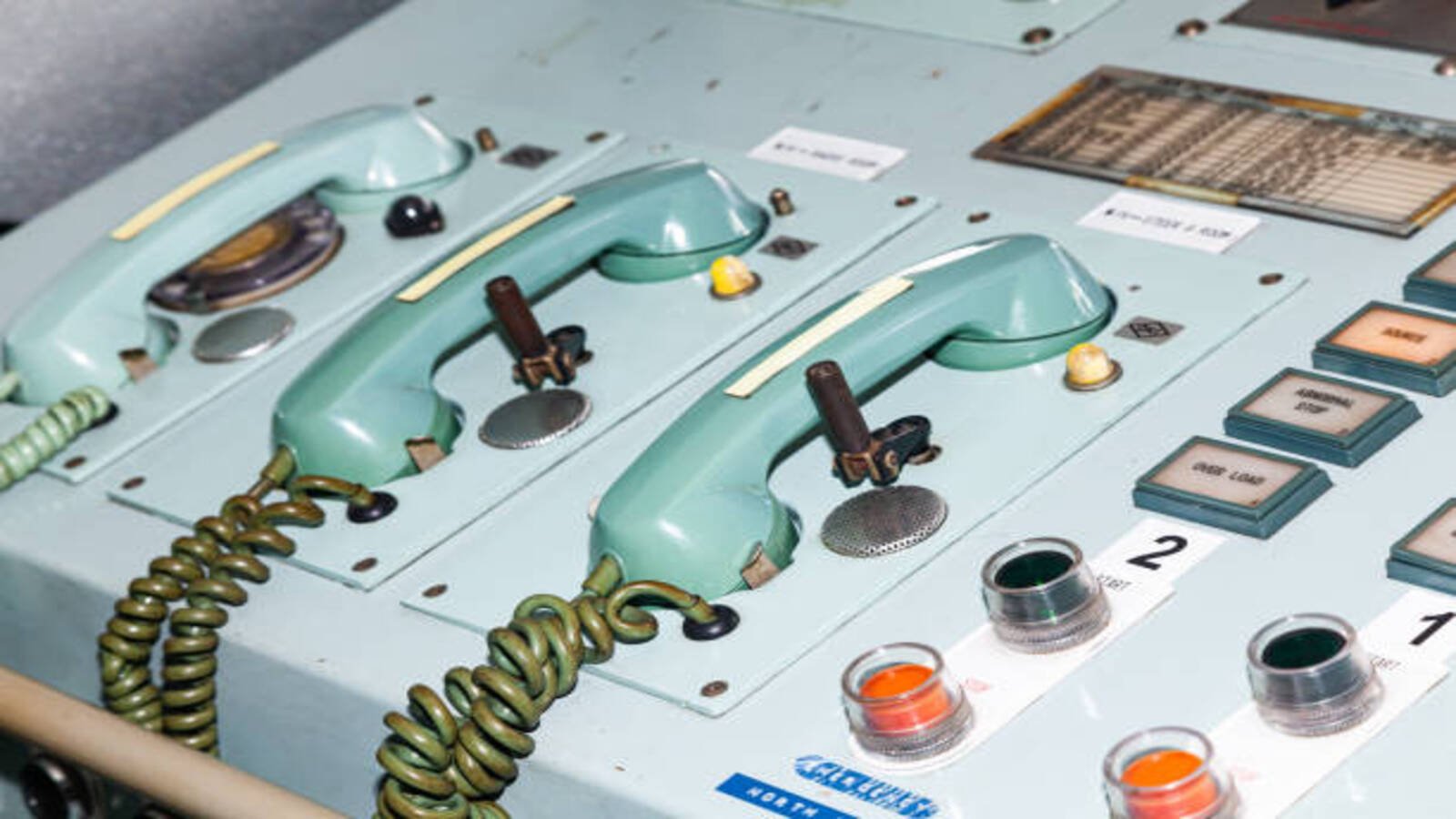Innovative Material Selection for Lightweight and Strong Switchgear Parts
Switchgears are an essential part of any electrical system, and the parts that make up a switchgear need to be both lightweight and strong. Innovative material selection is key to achieving this balance, as it allows for the production of robust parts that are light enough to be transported and installed with ease. In this article, we will explore ten different aspects of innovative material selection for lightweight and strong switchgear parts.
1. Understanding the Requirements
The first step in selecting materials for switchgear parts is to understand the requirements of the application. Factors such as the operating environment, operating temperature, and electrical requirements must all be taken into account. Once these requirements are understood, it becomes easier to select materials that are suitable for the task.
2. Weight Reduction
One of the main reasons for selecting innovative materials for switchgear parts is weight reduction. This is because lighter parts are easier to transport and install, and they also put less strain on the overall system. Materials such as aluminum, titanium, and composites are all good options for lightweight switchgear parts.
3. Strength Requirements
Despite the need for lightweight materials, switchgear parts must still be strong enough to withstand the rigors of their environment. Innovative material selection can help achieve this balance by choosing materials that are both strong and lightweight. Materials such as high-strength steel and composites are good options for achieving this balance.
4. Corrosion Resistance
Switchgear parts are often exposed to harsh environments, which can cause corrosion over time. Innovative material selection can help overcome this issue by choosing materials that are resistant to corrosion. Materials such as stainless steel and aluminum alloys are good choices for this purpose.
5. Insulation Properties
Some switchgear parts require insulation properties to maintain electrical safety. Innovative material selection can help meet this requirement by choosing materials that have good electrical insulation properties. Materials such as ceramics and composites are good options for this use case.
6. Thermal Management
Switchgear parts can generate heat during operation, which can affect their performance over time. Innovative material selection can help manage heat by choosing materials that have good thermal conductivity or insulation properties. Materials such as copper and ceramics are good choices for this purpose.
7. Flame Retardancy
Switchgear parts must be able to resist flames and fire to maintain electrical safety. Innovative material selection can help achieve this by choosing materials that are flame retardant. Materials such as flame-retardant plastics and composites are good options for this purpose.
8. Environmental Impact
Selecting materials with low environmental impact is becoming increasingly important in the switchgear industry. Innovative material selection can help achieve this goal by choosing materials that are sustainable and environmentally friendly. Materials such as bioplastics and recycled metals are good choices for this purpose.
9. Cost Considerations
The cost of materials is always a consideration when selecting materials for switchgear parts. Innovative material selection can help achieve a balance between cost and performance by choosing materials that are cost-effective and have the required properties. Materials such as aluminum and plastics are good options for cost-effective switchgear parts.
10. Production Methods
The production methods used for switchgear parts are also important to consider when selecting materials. Innovative material selection can help optimize the production process by choosing materials that are compatible with efficient production methods. Materials such as plastics and composites are good choices for parts that can be produced using injection molding or other high-volume production methods.

